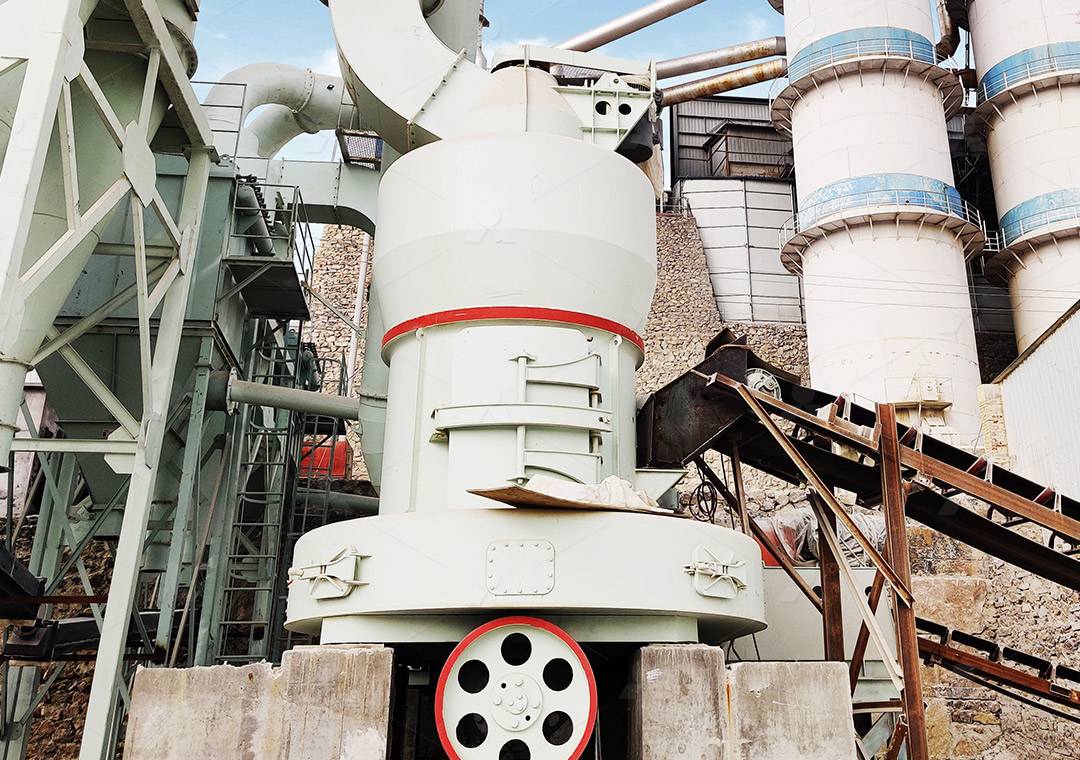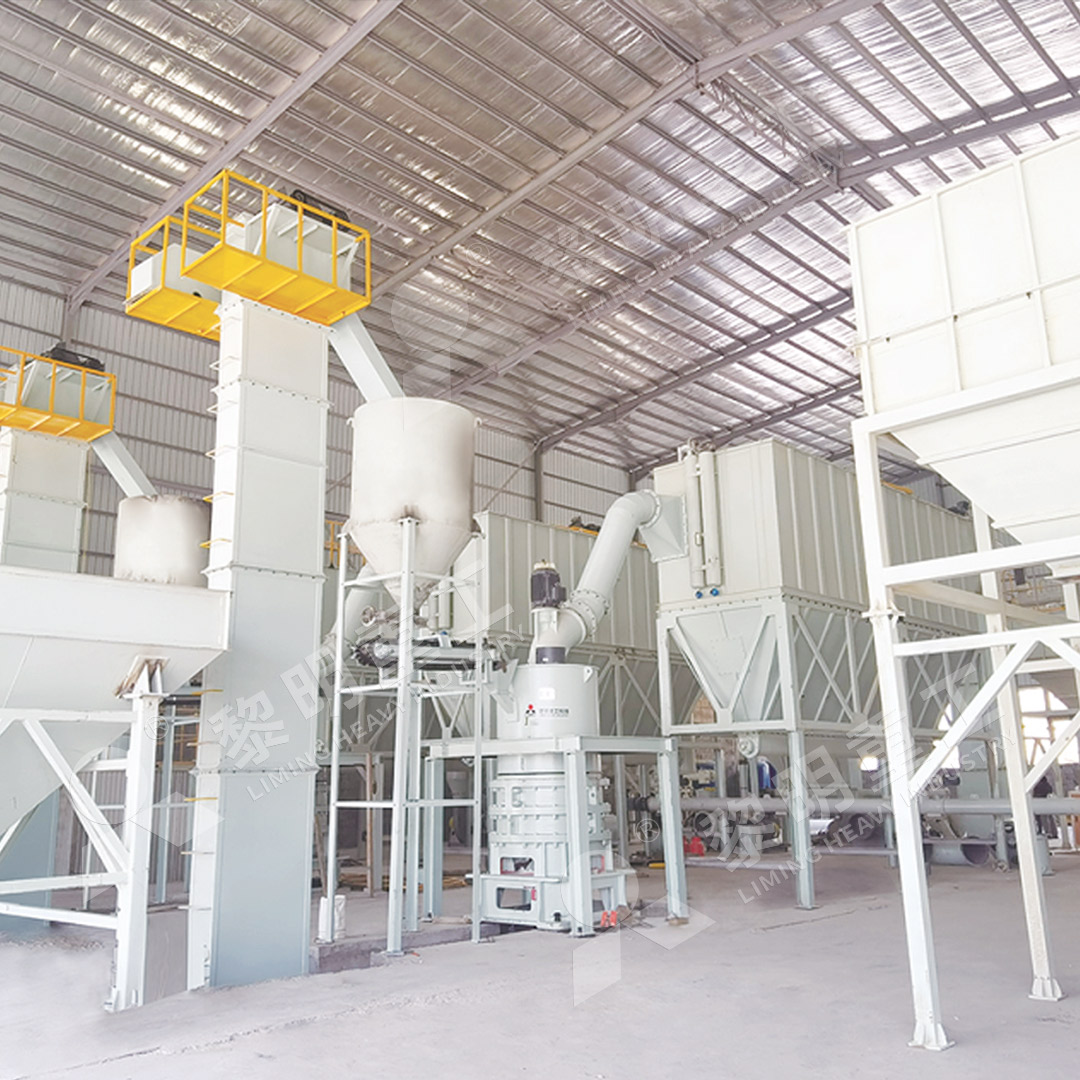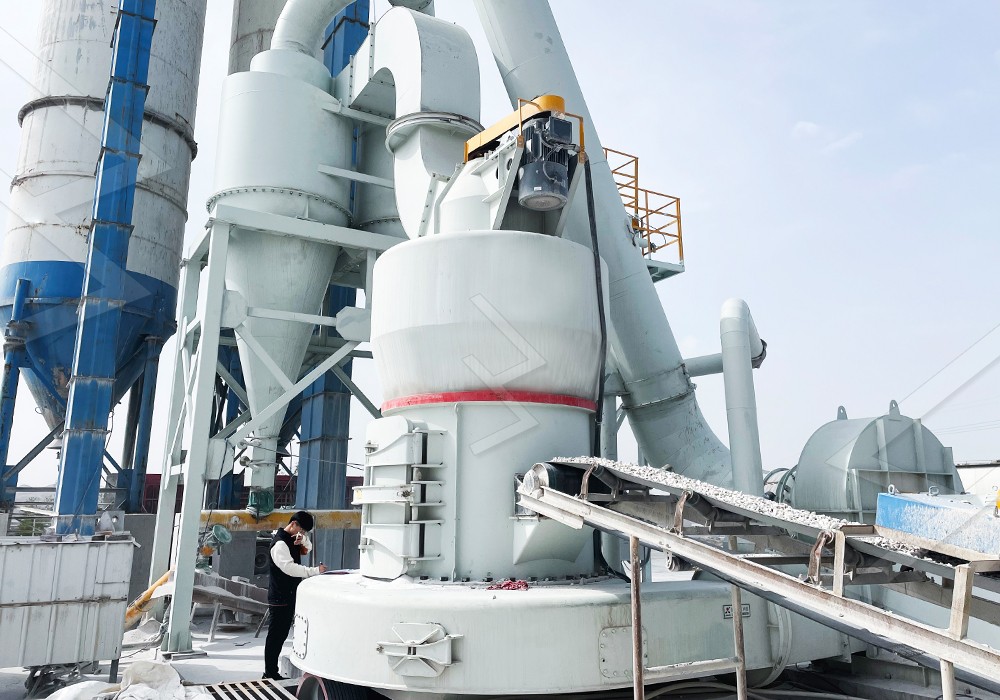Raymond Mill Price and Applications for Industrial Grinding
Raymond Mill Price and Applications for Industrial Grinding
In the world of industrial mineral processing, selecting the right grinding equipment is a critical decision that impacts productivity, operational costs, and final product quality. The term “Raymond Mill” has become almost synonymous with efficient pulverization, but the landscape of grinding technology has evolved significantly. Understanding the capabilities, applications, and economic factors of these mills is essential for any operation.
The classic Raymond Mill, a stalwart in the industry, is renowned for its straightforward design, reliability, and cost-effectiveness for medium to fine grinding tasks. It’s particularly well-suited for processing non-flammable and non-explosive materials with Mohs hardness less than 9.3 and humidity below 6%, such as barite, calcite, potash feldspar, talc, marble, limestone, dolomite, and fluorite. Its compact footprint and relatively low investment cost make it an attractive option for small to medium-scale operations. However, for projects demanding ultra-fine powders or higher throughput, more advanced solutions are required.

When evaluating the price of a Raymond Mill or any grinding system, it’s not just the initial capital outlay that matters. Total cost of ownership includes energy consumption, maintenance frequency, spare parts availability, and operational lifespan. A cheaper machine with high energy use and frequent downtime can ultimately be more expensive than a higher-priced, more efficient model. This is where technological innovation plays a pivotal role. Modern iterations of grinding mills incorporate advanced features like centralized control systems, efficient powder classifiers, and wear-resistant materials that dramatically improve longevity and reduce running costs.
For applications requiring ultra-fine powders in the range of 325 to 2500 meshes, a standard Raymond Mill may not suffice. In such scenarios, our MW Ultrafine Grinding Mill presents an exceptional solution. Engineered for customers who need to make ultra-fine powder, this machine is a leap forward in grinding technology. It boasts a capacity of 0.5-25 tph and can handle an input size of 0-20 mm. What sets it apart is its remarkable efficiency; with newly designed grinding curves, its production capacity is 40% higher than jet mills and stirred mills, while system energy consumption is only 30% of a jet mill. Its cage-type powder selector, incorporating German technology, allows for precise fineness adjustment. Furthermore, the absence of rolling bearings and screws in the grinding chamber eliminates common failure points, ensuring worry-free, continuous 24-hour operation. It is perfectly suited for materials like limestone, calcite, dolomite, and is widely used in the chemical, paint, cosmetics, and food additive industries.

Another standout in our portfolio for vertical grinding solutions is the LUM Ultrafine Vertical Grinding Mill. Independently designed with years of grinding mill expertise, it integrates the latest Taiwanese grinding roller and German powder separating technologies. With an input size of 0-10 mm and a capacity of 5-18 tph, it excels in producing superfine dry powder from non-metal ores. Its unique roller shell and lining plate grinding curve generate a stable material layer, enabling a high rate of finished product in a single pass. This not only enhances efficiency but also improves the whiteness and cleanliness of the final powder. Features like double position-limiting technology ensure operational stability, while a reversible structure makes maintenance remarkably straightforward, significantly reducing shutdown losses.
The choice between a traditional Raymond Mill and these advanced systems ultimately depends on your specific production goals, material characteristics, and budget. While the Raymond Mill remains a cost-effective workhorse for standard applications, the MW and LUM series represent the cutting edge for high-yield, ultra-fine, and energy-conscious grinding operations.

Frequently Asked Questions (FAQ)
Q: What is the primary factor affecting the price of a Raymond Mill?
A: The price is influenced by the model’s capacity, the level of technological advancement (e.g., automation, classifier efficiency), the quality of construction materials, and included ancillary systems like dust collectors.
Q: Can these mills handle hard and abrasive materials?
A: Yes, but the wear on grinding parts will be higher. It is crucial to select a mill with wear-resistant rollers and rings, like those offered in our MW and LUM series, to minimize downtime and maintenance costs.
Q: How important is after-sales service and spare parts availability?
A> It is critically important. We ensure a sufficient supply of original spare parts and provide comprehensive technical support to guarantee worry-free operation and maximize the lifespan of your equipment.
Q: What is the key advantage of the MW Ultrafine Grinding Mill over a traditional ball mill?
A> The MW Mill offers significantly higher grinding efficiency. Under the same fineness and power, its yield is twice as large as a ball mill, while its system energy consumption is substantially lower.
